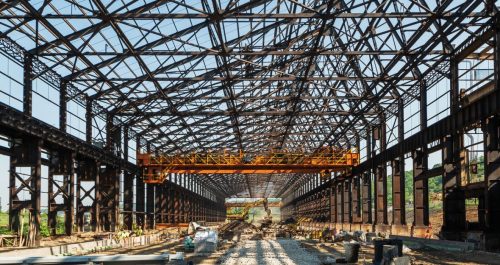AI is offering huge opportunities to industries, it’s our choice to change or not.

The rust belt in the US’s heartland- Pittsburgh is witnessing a huge transformation, Pittsburg was once a land of facilities of steel and coal, structures of coke, now they are a fading memory. The old steel site called Hazelwood Green has now become a test area for Uber’s self-driving cars; the former coke works – Mill 19 will be Advanced Robotic for Manufacturing Institute by the next spring. According to an article on MIT Technology Review, Pittsburgh is reinventing, using advances in automation, robots and artificial intelligence.
Billions of dollars from Silicon Valley have been invested in the city making it “a Robot belt”. In spite of all the changes, Pittsburgh’s economy is facing many problems. In the last decade, over 70,000 people from age 35-54 left the region. Automation and robots have certainly wiped out many jobs, it is calculated by Daron Acemoglu at MIT, for every robot, six jobs are lost, automation is changing work significantly although the exact number of a jobs lost will depend on the costs machines. Regarding new jobs, the number remains uncertain, the debate over the impact of automation is controversial but the location of jobs and kind of work people do are changing and causing difficulties to local populations and economies.
Turning to Pittsburgh’s case, the city is being transformed by new, young people working in AI and robotics, says Andrew Moore- dean of computer science at Carnegie Mellon University (CMU). In addition, Amazon is pledging 50,000 jobs and $5 billion in investment. If Amazon invests in Pittsburgh, it will be a solution for people’s jobs here.
The development of AI should be carried out slowly to ensure the world can catch up with the pace. It is essential to pay attention to ethical implications and keep the advance of AI under control. BGF and MDI are currently developing the AIWS 7-layer Model – an outstanding model for developers to follow to guarantee the future of AI.